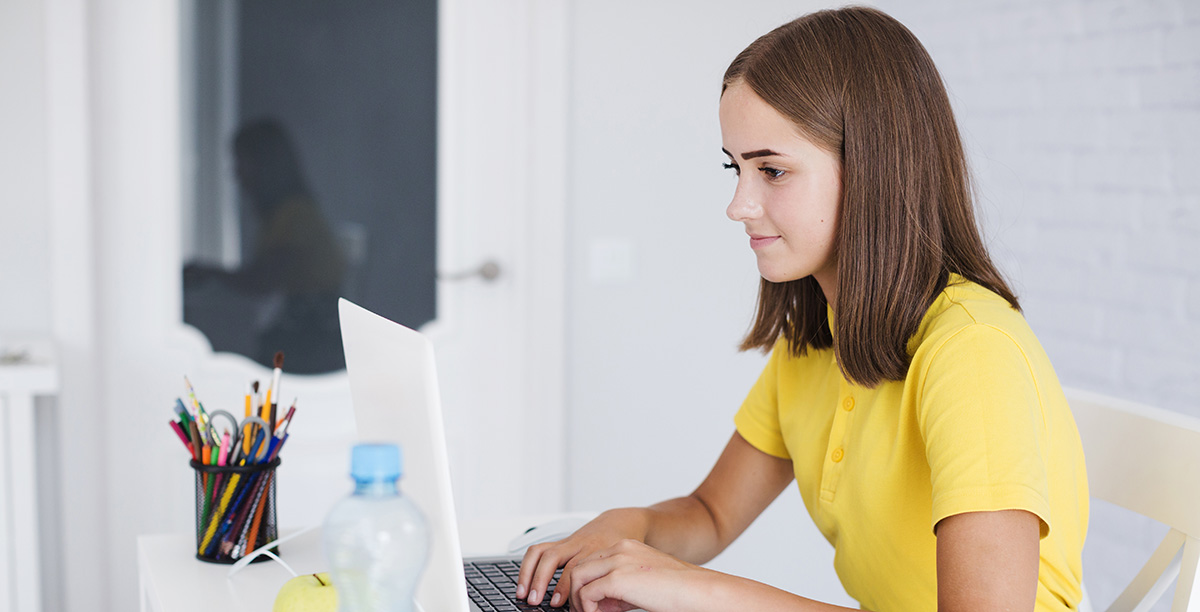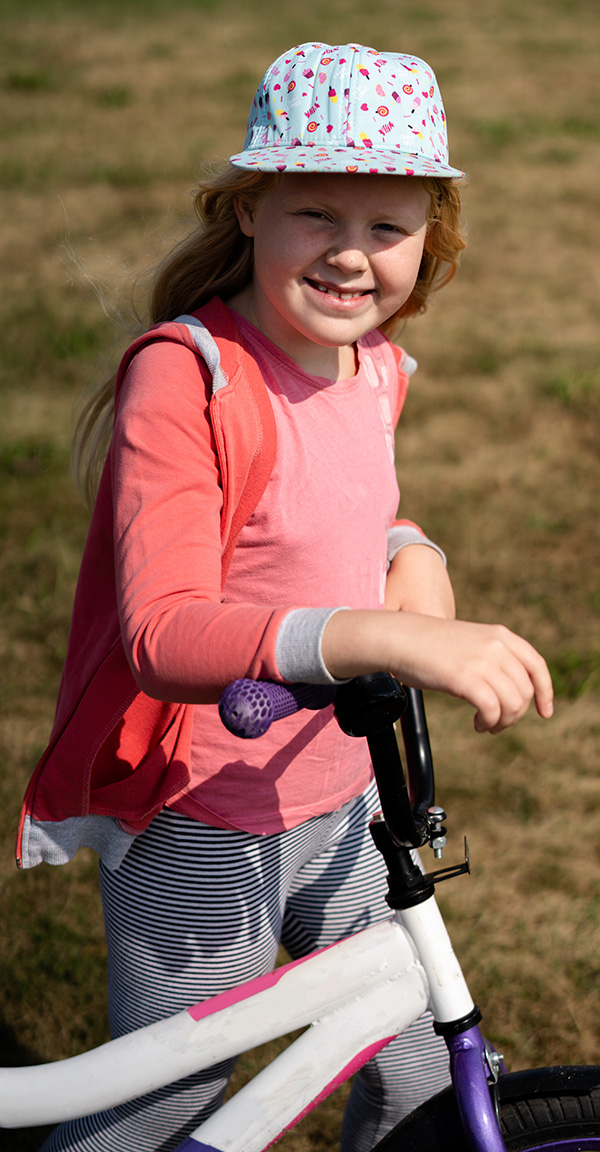In this new world we are inhabiting for a while, everyone is working at home with the family.
It can seem daunting to have to do your own work, and at the same time manage your children’s learning. There are the syllabuses for every subject, and the standards and outcomes and milestones that children K-6 are expected to achieve – normally at school, and now, apparently, all at home.
It is a big ask, for everyone.
At no time, though, should parents/caregivers feel that they have to ‘teach’ their children at home. Teaching is hugely complex, and learning is not a simple matter.
There is plenty that can be done that involves learning. Home is not school, and while there may be a temptation to run the living room each day like a classroom, there are so many other learning opportunities that can occur.
Teachers are providing support and assistance for all students. This is the starting point. There are physical and online resources. There are dozens of suggestions and resources on social media and provided by our mates. Some of these are at the end of this blog.
It is different from the everyday classroom experience. And we can enjoy our time together and the learning opportunities we have at home.
Some things to include and some to avoid
Start with what the class teacher has sent home, and follow their suggestions. The teacher knows your child, and is the expert in how the class has been run – as is your child.
If and when you want to branch out into other activities, keep them relative to your child’s interests and capacity for concentration. Don’t expect major projects to be completed, or extended lengths of time to be spent on the one thing. It is difficult enough to have the challenges and fears that the CoVID-109 virus has hit us with, and for children to be confined and away from mates. Of course, some children may enjoy the opportunity to apply their research skills to get deeply into a topic.
Keep worksheets to a minimum.
Everyone needs:
- a space where they can work, and where they can leave their work materials to be picked up at the next sitting – a space, or stored in a toy box or plastic crate
- allocated quiet time for working, with limited interruptions
- access to the materials required for whatever study is being undertaken; Make sure everyone isn’t relying on the iPad or laptop; schedule times so everyone gets to use the equipment
- respect for everyone’s work, and acknowledgement of the effort put in; a daily sharing session could work
- sustenance; good food at meal breaks, reasonably healthy snacks in between
- regular breaks, ideally outside – go for a walk/run, Frisbee challenge in the garden/local playground; nothing too organised
- creative activities – cooking: scones, meals; making things: collage, cutting/pasting letters/words/images/textures/numbers/patterns
- paint, draw, explore galleries and museums online; research an artist or musician
- listen to online books
- reading time for everyone: alone, reading to the baby, or to the dog/cat/toys; reading to parents/care-givers; read lots of different things – comics, graphic novels, magazines, novels, short stories, poems, the corn flakes packet, instructions, the bus timetable, maps, etc. This is not a test, it is practice. With younger readers, help by pausing and waiting to see if the child corrects themselves, or say ‘That didn’t quite make sense – could you read it again?’ or ‘Let’s figure it out together’
- writing time for everyone: record your thought and activities (see Resources on this site about diarizing) inventing recipes; making up games and writing out the rules; making treasure hunts for the family; writing letters to everyone else you know who is confined to home; emails
Household duties
These should be shared, and you do need a roster. Discuss the essential things, and allocate jobs fairly. Suggestions:
Cleaning:
- Personal space: everyone is responsible for their own space – vacuuming, dusting, bed-making etc; a daily/weekly task
- Shared space: high usage areas like kitchen and bathroom need someone responsible for them each day, with a once-a-week clean
- Garbage: taken out once a week; managed daily
Meals:
- Breakfast – everyone gets their own, but the kitchen person for the day is responsible for putting everything out and away, wiping benches and washing up
- Lunch – plan this. Keep it simple. One older person prepares sandwiches, rolls, etc, and looks after cleaning up.
- Dinner – prepare a menu at the beginning of the week, and allocate cooking duties. Use what you have on hand; get more provisions in one shopping excursion. Cooking is shared. Cook/s prepares and serves the meal, then cleans away. Everyone eats together and helps with the clean up.
You can probably figure out the rest yourselves. There are online resources to assist with ideas and expectations. This one is helpful.
Resources
There are many lists of resources on social media for teachers and to help with learning at home.
For some background, check out Online schooling and distance ed? Don’t be afraid, we’ve been doing and improving it for 100 years. This article includes the range of distance education offered across Australia. Quote from this site: it is important to note that Australia is actually a world leader in school distance education
Some online sites and activities
ABC for Kids lists TV shows for children to about 6 years old, including the classic ‘Bluey’.
Australian Children’s Television Foundation, huge range, with a direct link to supporting learning at home.
BTN – Behind the News, on ABC TV has short, factual videos which are often used at school. The special, ‘River Kids’ is a great collection of interviews and footage about how young people work to ensure the health of the Murray River system.
Chatterpack has a wide range of resources. UK based. Potential for some fascinating research projects. Check for those suitable for you.
The Children’s Book Council of Australia: Alison Lester reads her own books on their Facebook page; lots of ideas for books.
Learning Through Landscapes, a British charity; ideas and activities for children to explore outside. British focus, but with ideas like taking photos for themes like ‘a geometric pattern’, ‘something flying’ or ‘can you guess what it is?’; outdoor number poems, and ‘Crime Scene Creative Writing’ (thanks to Dawn Sedgwick for this link).
Lego challenge – a month of activities
National Geographic: extensive information, perfect for learning about hundreds of animals; information, photos and videos.
PETAA: resources for working with text.
stories.audible.com: novels include White Fang, by Jack London (his Call of the Wild movie is currently showing), Diary of a 6th Grade Ninja, by Marcus Emerson, and The House at Pooh Corner by A.A. Milne. Sorted in general age ranges, and some books in other languages. The introductions are long-winded. Check first.
David Walliams reads from his ‘The World’s Worst Children’. You may not want to give your children ideas.
30 Ways to Celebrate National Poetry Month; US resource. Lots of suggestions for at home, and for the classroom, even if it isn’t our poetry month.
This Frisbee Challenge: easy substitutions with bucket, spaces between trees trunks, distance, etc.
Information and guidelines for home schooling in NSW is at NESA site here.








